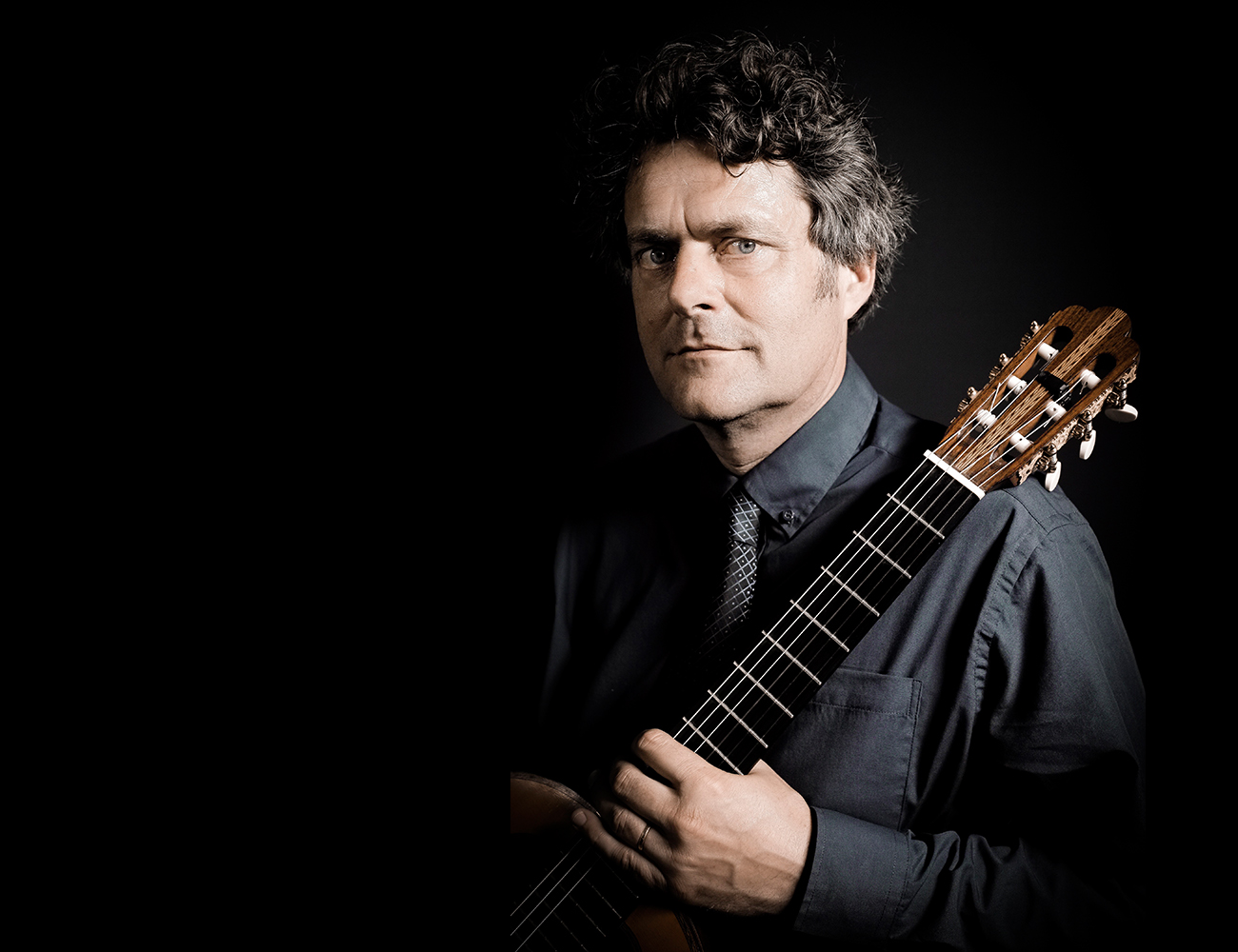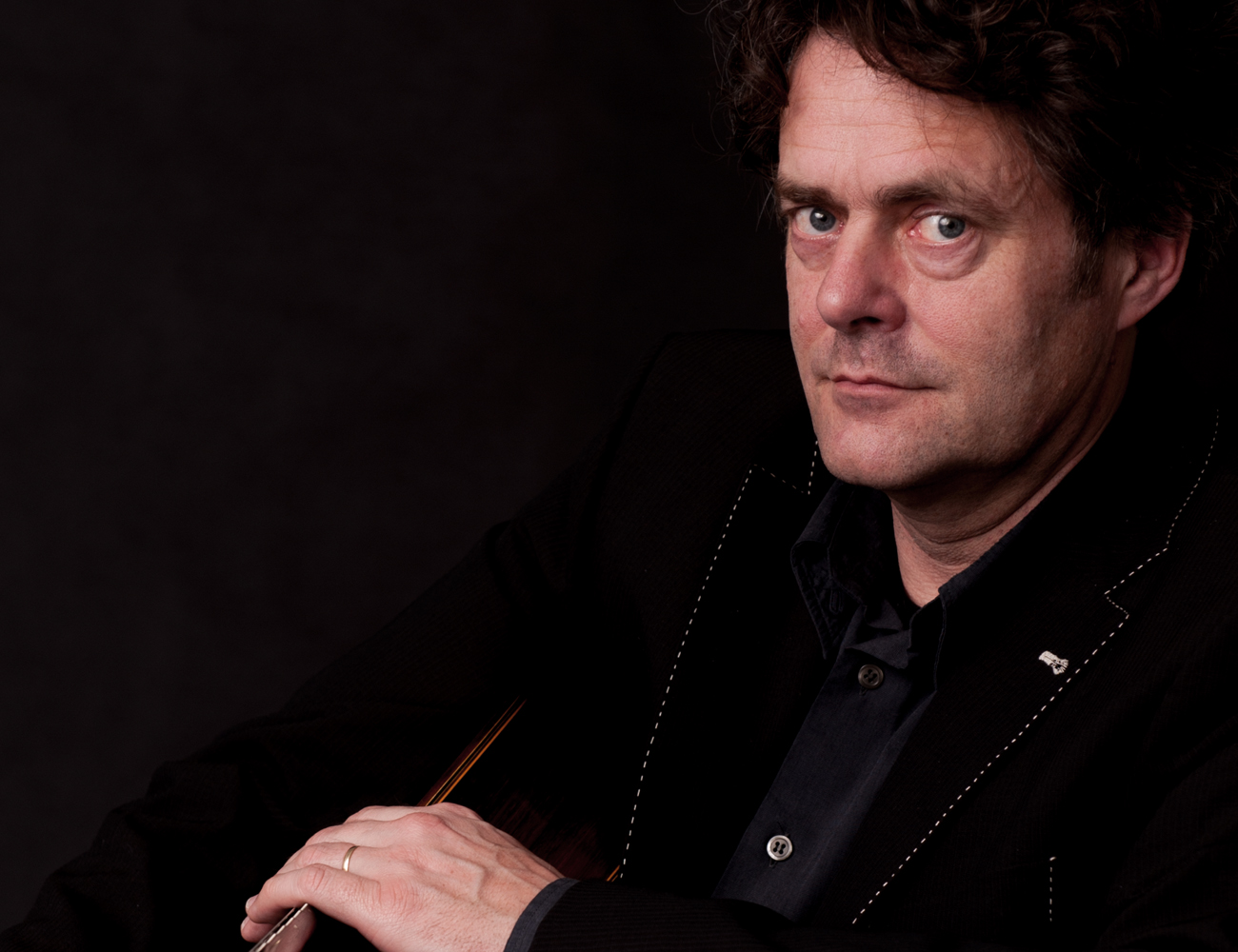News
» Read more news
Nieuwe CD uitgebracht 'Bach' | A new CD ihas been released with solo works of Bach.
On Spotify listen to: https://open.spotify.com/album/3WyhryyEEstILSDaTExuS5?si=uJ7ceIs3SH-bTlmgHaAzSA
On Youtube you find suite BWV996 : https://www.youtube.com/watch?v=SOPC5Q6ToB4
Booklet text cd Bach |
Bach and the lute
(Emile Blomme/Enno Voorhorst)
What do you want to do with a lute?" Anna Bach must have asked. You can't even play it. And this lute is very expensive, up to 20 thalers! Johann Sebastian, her husband, would have replied: 'But Anna, it is a beautiful and beloved instrument. Surely you heard that when Sylvius Weiss played it the other day?
Bach was right. Lute music was booming in the 18th century, and he had quite a few lute-playing pupils: Johann Christian Weyrauch (1694-1771), Rudolf Straube (1717-1780), Christoph Nichelmann (1717-1762) and Johann Ludwig Krebs (1713-1780). He would have seen the merit in composing more for the lute. Years earlier, the Leipzig bookseller and publisher Schouster had asked him for a lute piece, now known as the 3rd Lute Suite.
In August 1739, Sylvius Weiss visited Bach for four weeks and it is likely that they played music together, Bach on the violin and Weiss on the lute. Johann Elias Bach, Johann Sebastian's nephew, who was also his private secretary at the time, described 'very beautiful music' being heard in Bach's house that summer. Weiss was the most important lutenist of his time and was the equal of Bach, Handel and Telemann. He worked at the court in Dresden, earning a princely salary that allowed him to go on concert tours. He was friends with Bach's eldest son, Wilhelm Friedemann, who was organist at St Sophia's in Dresden from 1733. Weiss is even said to have challenged Johann Sebastian to a friendly improvisation contest. They played fugues and fantasies, which certainly required great skill on the lute.
Bach himself was an outstanding violinist and organist, and, although he did not play the lute, his lute pieces capture the atmosphere of the instrument, perhaps because they were composed on a lautenwerck? The instrument called lautenwerck was a kind of harpsichord with gut strings designed to imitate a lute. It could even fool a lutenist. Bach had two of them and, to imitate the sound of the lute even better, he had one built to his own specifications by his friend Zacharias Hildebrandt. But you already have a lautenwerck, don't you?' Anna must have said.
As well as original works for the lute, Bach also transposed his own compositions for the lute, using the fugue from his first violin sonata, the sixth violin partita and the fifth cello suite. The fugue from his first violin sonata can be heard on this CD. As well as the following pieces:
Sonata BWV1001
Bach as a young man temporarily worked at the court in Weimar (1703) where he met Johann Paul von Westhoff, a famous violinist, whose playing must have inspired Bach to write for solo violin. Bach himself was particulary famous for his virtuosic organ playing and improvisations, but he was also a very gifted on the violinist. His son Carl Philipp Emanuel described his father’s playing as ‘neat and powerful’. Eventually, this resulted in six sonatas and partitas. The fugue from the first sonata was transcribed into a lute tablature in Leipzig by Bach's friend and lutenist Johann Christian Weyrauch. Bach's manuscript dates from 1720 with ‘Sei Solo’ on the title page. But this misspelling (plural soli) could also be a reference to the death of his first wife, Maria Barbara, who died that year as 'Sei solo' in Italian means 'you are alone'.
Allegro BWV1025
The lute was gaining popularity and, in addition to his lute students and Sylvius Weiss, Bach also knew Adam Falckenhagen, Johann Kropfgans and probably David Kellner, who was born 10 kilometers outside of Leipzig. Suite BWV1025 was written by Bach in 1740 for violin and harpsichord, based on a lute suite by Weiss that Bach must have heard the previous summer. This piece was notated in tablature by Weiss with a fingering system that only lutenists could read. It must have taken some time to notate the lute suite in the 'normal' way. Weiss's pupil, Johann Kropfgans, together with Wilhelm Friedemann Bach, may have assisted in this process for they were both present that summer.
Prelude BWV999
This little prelude in C minor for the Lutheran church is a copy by Johann Peter Kellner, a friend of Bach's and his pupil at the Thomasschule. It is reminiscent of the opening prelude of the Well-Tempered Clavier, also in C minor, which Bach composed while working at the court of Cöthen. C minor is a difficult key to play on the lute, so BWV999 is played on the lute in the more practical D minor. This may indicate that Bach composed it on his lautenwerck, in which C is the lowest note. It was however clearly intended for the lute based on the written indication ‘pour la Luth’.
Prelude BWV823
The manuscript of BWV823 is again by Johann Peter Kellner. With only 3 movements (Prelude, Sarabande, Gigue) it is probably unfinished or incomplete. As with a lute, the bass line is less virtuosic than a harpsichord part, and the size of the sound is just as suited to a lautenwerck. This is reason enough to think that BWV823 was also composed on a lautenwerck with the lute in mind.
Prelude BWV1007
Here is the prelude to the first cello suite and again it sounds like a composition for the lute. The six cello suites were written in Cöthen and Bach later arranged the 5th cello suite for lute. On the title page of this arrangement he dedicates the work to the aforementioned Schouster. According to the watermark in the paper, the arrangement from cello to lute must have been made between 1727 and 1731. Only one cello manuscript exists, it is in the hand of his wife Anna Magdalena. Because of the minor differences, it is assumed that Bach did not use this manuscript as the basis for the lute version, but another lost version of his own manuscript.
Suite BWV996
Bach spent most of his life in the service of the church, but from 1708 to 1717 he was court organist, chamber musician and later concertmaster to Willem Ernst, Duke of Saxen-Weimar. He then became Kapellmeister to Prince Leopold of Anhalt-Köthen until 1723, where there was no place for church music due to the monarch being a Calvinist.
BWV 996 is probably the earliest lute suite written during Bach's time in Weimar. There is no manuscript by Bach himself, although there is a copy by Johann Gottfried Walther, a friend and the town organist in Weimar.
The suite was composed in the new and fashionable French style of the time, strongly influenced by Louis XIV (1638-1715). Bach's training was traditional; the French style he had to learn as a young man. From the age of ten, when his parents died, he lived with his older brother Johann Christoph, an organist in Ohrdruf. There he completed his secondary education in just four years and won a scholarship to study at the renowned Ritteracademie in Lüneburg. From here, as a teenager, he walked several times 90 kilometres to the court of Celle. This was a very French court, with the Frenchwoman Eleonore d'Olbreuse as duchess. She employed up to 12 French musicians. With his school uniform (sword included!), Bach could enter this court as the duchess was very hospitable to students. Here he listened to concerts and ballets and made the French style his own. Later, at the courts of Weimar and Cöthen, he made grateful use of this style.
It is truly remarkable how well Bach understood the technique of playing each instrument that he wrote music for. His works are considered instrumental highlights for instruments such as the violin, cello and flute. The lute has a special place here because lutenists had to adapt the music in order to make it playable on the lute. So what made this lute so special to him? It is clear that he loved the instrument because he owned two lautenwercken and a lute that cost five times as much as his own violin. It took 253 years before in 1993 it was discovered that the harpsichord part of BWV1025 is a copy of the lute suite SC 47 by Weiss. This also clearly points to Bach’s deep relationship with the lute, much more so than was previously thought.
read more
new CD 840 | great review of the new CD 840 in Audiophile Sound
read more




